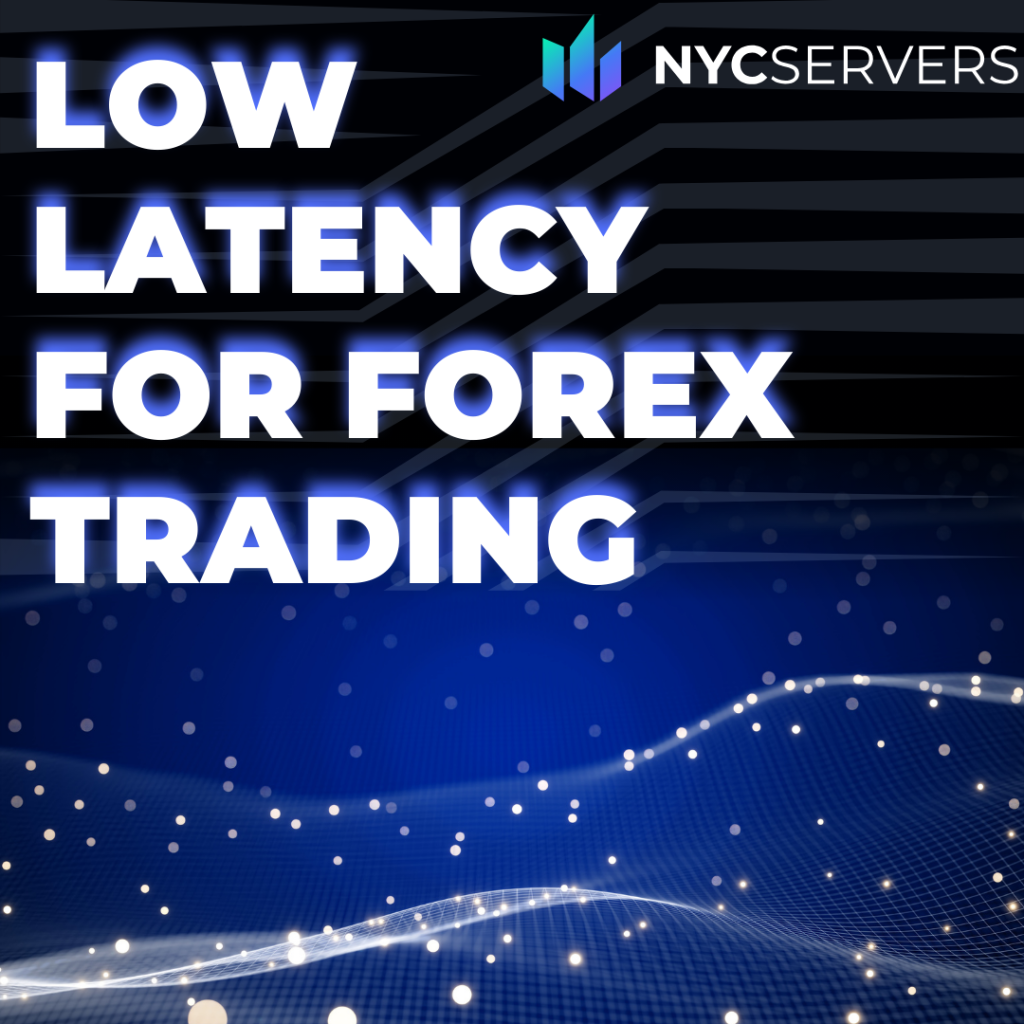Why Latency Is Important For Forex Trading
In the fast-paced world of forex trading, every millisecond counts. The concept of low latency has become increasingly important, especially […]

In the fast-paced world of forex trading, every millisecond counts. The concept of low latency has become increasingly important, especially for traders utilizing advanced technologies and trading strategies. This comprehensive article explores the significance of low latency in forex trading and how it can impact trading performance.
Understanding Latency in Forex Trading
Latency in forex trading refers to the delay between the initiation of an order and its execution. In a market where currency prices can fluctuate rapidly, even a slight delay can result in significant profit losses or missed opportunities. Therefore, achieving low latency is crucial for traders looking to maximize their trading efficiency.
1. The Impact of High Latency
High latency can adversely affect forex traders in several ways:
- Slippage: High latency increases the risk of slippage, where the executed price of a trade differs from the expected price. This can lead to reduced profitability or increased losses.
- Delayed Execution: Delays in trade execution can result in missing entry or exit points, especially in fast-moving markets.
- Reduced Competitive Edge: In an environment where many traders strive for quick execution, high latency can place you at a disadvantage compared to those with faster systems.
2. The Benefits of Low Latency in Forex Trading
Low latency trading offers numerous advantages:
- Improved Order Execution: Faster execution times mean trades are more likely to be filled at the desired prices.
- Reduced Slippage: Lower latency decreases the risk of price slippage, enhancing trade accuracy and profitability.
- Better Scalping Opportunities: For strategies like scalping, where profits are made from small price changes, low latency is essential.
- Enhanced Algorithmic Trading: Automated trading systems benefit significantly from low latency, as they can execute strategies and respond to market changes more efficiently.
3. How to Achieve Low Latency in Forex Trading
a. Use of Forex VPS: A Forex Virtual Private Server (VPS) is a popular solution for achieving low latency. By hosting your trading platform on a VPS located near your broker’s servers, you can significantly reduce the time taken for your trading orders to be executed.
b. Opt for a Reliable Broker with Robust Infrastructure: Choose a forex broker that invests in advanced technology to offer low-latency trading environments. The broker’s server location and the quality of their execution systems play a crucial role.
c. Upgrade Your Trading Equipment: Ensure your own trading hardware and internet connection are optimized for speed. Using high-performance computers and a stable, high-speed internet connection can reduce latency.
d. Direct Market Access (DMA): Consider brokers that offer Direct Market Access, as this can reduce the time it takes for an order to reach the market, thus lowering latency.
4. Choosing the Right Forex VPS for Low Latency
When selecting a Forex VPS, consider the following:
- Server Location: Choose a VPS with servers geographically close to your broker’s servers.
- Performance: Look for VPS providers that offer high-speed processors and adequate memory.
- Uptime Guarantee: Ensure the provider guarantees high uptime to avoid interruptions in trading.
- Support and Security: Opt for providers offering strong security measures and 24/7 support.
5. The Role of Network Infrastructure in Reducing Latency
The quality of the network infrastructure connecting traders, brokers, and liquidity providers is crucial. A robust network infrastructure ensures faster data transmission, reducing overall latency.
6. The Future of Low Latency Trading
As technology advances, the importance of low latency in forex trading continues to grow. Traders and brokers alike are continuously seeking ways to reduce latency, leveraging advancements in technology and networking.
7. Low Latency and Risk Management
While low latency offers numerous benefits, it’s important to balance the pursuit of speed with effective risk management. Fast execution without a solid trading strategy and risk management practices can lead to rapid losses.
Conclusion:
Low latency is a crucial factor in the competitive world of forex trading. It enhances trade execution, reduces slippage, and provides a significant edge, particularly in strategies that rely on quick market entry and exit. By using a Forex VPS, selecting the right broker, and ensuring optimal trading infrastructure, traders can effectively minimize latency, potentially leading to improved trading outcomes. As the forex market evolves, the quest for lower latency remains a key focus for traders aiming for success in this dynamic trading arena.

About the Author
Thomas Vasilyev
Writer & Full Time EA Developer
Tom is our associate writer, and has advanced knowledge with the technical side of things, like VPS management. Additionally Tom is a coder, and develops EAs and algorithms.